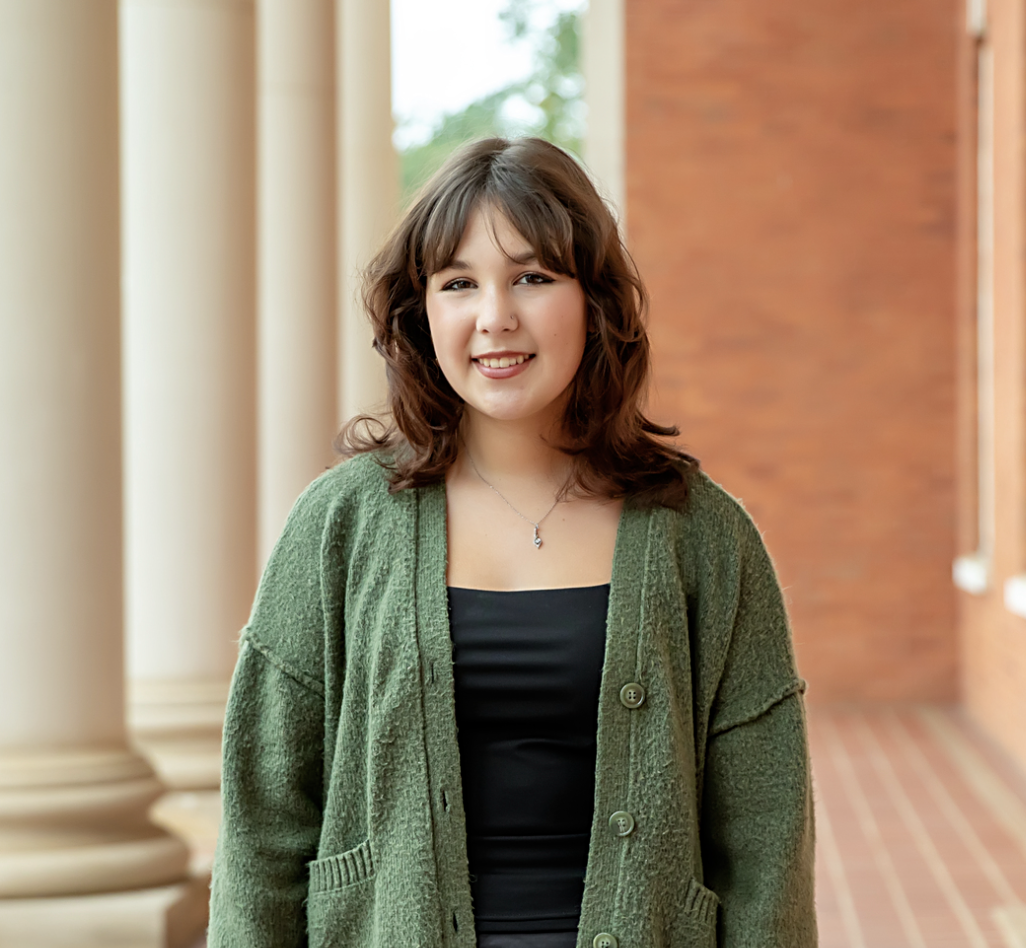When we were younger, we were taught not to bully. We would call each other names, and our immature comments on the playground were often defended with the tried-and-true ‘‘It’s a free country” or “It’s freedom of speech!” As we matured, so did the bullying, but the defending principle remained the same.
I do want to make one thing clear. Freedom of speech is a right that is fundamental to the progress of this country and the well-being of its citizens. As the current opinions editor of a newspaper, I understand how important it is. My question is only where the line blurs between intolerance and free speech.
Over the past year, I have seen people I work and learn with openly express their hatred towards their fellow students and humans under the guise of freedom of speech. The University has done absolutely nothing publicly except to defend them as using their right to freedom of speech.
I receive op-ed submissions from many different members of the Clemson-area community. Many of them are fact-based arguments while others are just calls to action for highly controversial opinions. I have to actively sort through them to determine what is based in hatred alone and what is based in opinion and debate. Having to learn how to do this while setting my own feelings aside was not a simple task, and it’s something that is still sometimes hard for me to do.
There is inherent value to having a difference of opinion. If we all thought the same, the world would be a much duller and emptier place. However, saying things to express your hatred of another group of people does absolutely nothing to further progress; if anything it creates a divide between us all. This is why it’s so important to define the difference between opinion and intolerance because one can be constructive while the other only seeds distrust and hate.
There’s intrinsic value in being able to judge the difference, and I believe it’s something that should be taught in the classroom.
Teaching this is likely not an easy task and it would probably best be taught through experience. Encouraging classroom debate is essential to teaching the differences between constructive argument and hateful language. Teachers should be able to allow high school students to discuss controversial subjects. It should be encouraged for students to express their opinions. Through this, teachers will be able to stop hateful language and encourage productive conversation.
This, of course, wouldn’t stop all of the confusion between hate speech and free speech, but I think it can be a start. Hate is something that is learned. We are all born with a clean slate, and it’s the lessons we learn about the world around us that shape who we are and how we act. Teaching future generations to see the difference is essential to our success as a nation. Freedom of speech in and of itself does not make this country great; it’s what we choose to do with it that defines our legacy.
Healey Lucier is a senior horticulture major from Hilton Head Island, South Carolina. Healey can be reached at [email protected].















